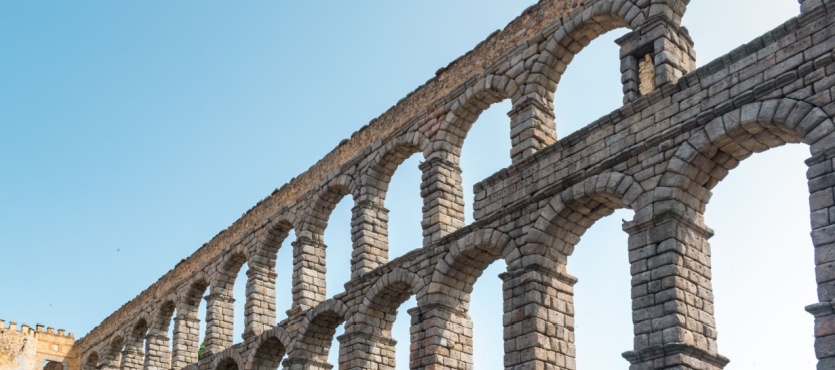Brick has been a fundamental building material for thousands of years, cherished for its durability, thermal efficiency, and aesthetic appeal. However, like all building materials, brick structures are susceptible to wear and damage over time, necessitating repair and maintenance. This article explores the history of brick repair, tracing its evolution from ancient techniques to modern methods that ensure the longevity and integrity of brick buildings.
Ancient Techniques and Early Innovations
The use of bricks dates back to ancient civilizations such as Mesopotamia, Egypt, and the Indus Valley. Early brick repair techniques were rudimentary but effective for the time. Builders in these ancient cultures often used mud or clay mortar to replace damaged bricks and patch up structures. The primary focus was on maintaining the stability and functionality of the buildings rather than aesthetic concerns.
In ancient Rome, brickmaking and masonry reached new heights. The Romans developed lime-based mortars, which significantly improved the durability and longevity of brick structures. Roman engineers were skilled in repairing bricks using lime mortar, ensuring their buildings could withstand the test of time. Many Roman structures, such as the Pantheon and aqueducts, still stand today, showcasing the effectiveness of their repair techniques.
The Middle Ages: Craftsmanship and Guilds
During the Middle Ages, brick construction and repair became more sophisticated. Bricklaying and masonry evolved into highly skilled trades, often regulated by guilds. These guilds maintained high standards of craftsmanship and passed down techniques through generations of masons. The use of lime mortar continued, and masons developed methods to ensure the structural integrity and aesthetic quality of brickwork.
In medieval Europe, brick repair often involved intricate work, especially in the construction of cathedrals and other monumental buildings. Masons used various tools and techniques to carefully remove damaged bricks and replace them with new ones, ensuring that the repairs blended seamlessly with the original construction. The emphasis on craftsmanship and detail during this period laid the foundation for modern brick repair practices.
The Industrial Revolution: Advancements and Challenges
The Industrial Revolution brought significant advancements in brick production and construction techniques. With the advent of industrial kilns, brick production became more efficient, leading to the widespread use of bricks in building projects. However, the increased scale of construction also brought new challenges in brick repair.
The development of Portland cement in the 19th century revolutionized masonry work. Portland cement mortar, stronger and quicker to set than lime mortar, became the standard in brick construction and repair. This new material allowed for faster repairs and more durable structures. However, it also introduced challenges, as the rigid nature of Portland cement could sometimes lead to compatibility issues with older, softer bricks and lime mortar.
The 20th Century: Modern Techniques and Materials
In the 20th century, brick repair techniques continued to evolve with advancements in materials science and engineering. The introduction of synthetic sealants and epoxies provided new options for repairing cracks and reinforcing brick structures. These materials offered improved durability and weather resistance, making them ideal for repairing and preserving brickwork in various climates.
One significant development in modern brick repair is the use of tuckpointing, a technique where damaged or deteriorated mortar joints are carefully removed and replaced with new mortar. This process not only restores the structural integrity of the brickwork but also enhances its aesthetic appearance. Tuckpointing has become a standard practice in brick repair, ensuring that buildings maintain their visual and structural quality.
Preservation and Restoration: Balancing Old and New
As historical preservation gained importance in the latter half of the 20th century, the field of brick repair expanded to include restoration work on heritage buildings. Preservationists and masons worked together to develop techniques that balanced modern repair methods with traditional craftsmanship. This approach ensured that repairs were sympathetic to the original construction, preserving the historical and cultural significance of brick buildings.
Modern brick repair often involves a combination of traditional and contemporary techniques. For example, while synthetic materials may be used for structural reinforcement, lime mortar is still preferred for its compatibility with historical brickwork. This blend of old and new ensures that repairs are durable, effective, and respectful of the building’s heritage.
Preserving the Past, Building the Future
The history of brick repair is a testament to the enduring nature of brick as a building material and the evolving techniques used to preserve it. From ancient mud mortars to modern synthetic sealants, the methods of repairing brick have advanced significantly, ensuring that brick structures continue to stand the test of time.
For those seeking professional brick repair services, Turnbull Masonry offers expertise in both traditional and modern techniques. Whether you need tuckpointing, crack repair, or restoration work, Turnbull Masonry can help maintain the beauty and integrity of your brickwork. For more information or to schedule a consultation, please contact us.

